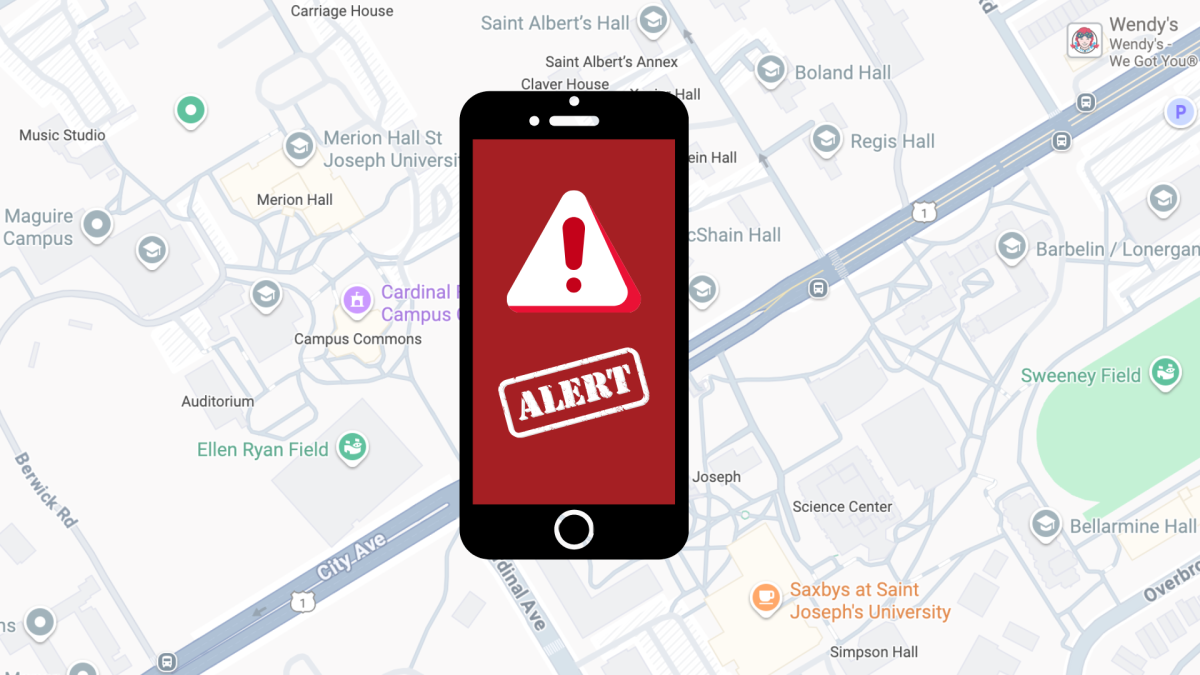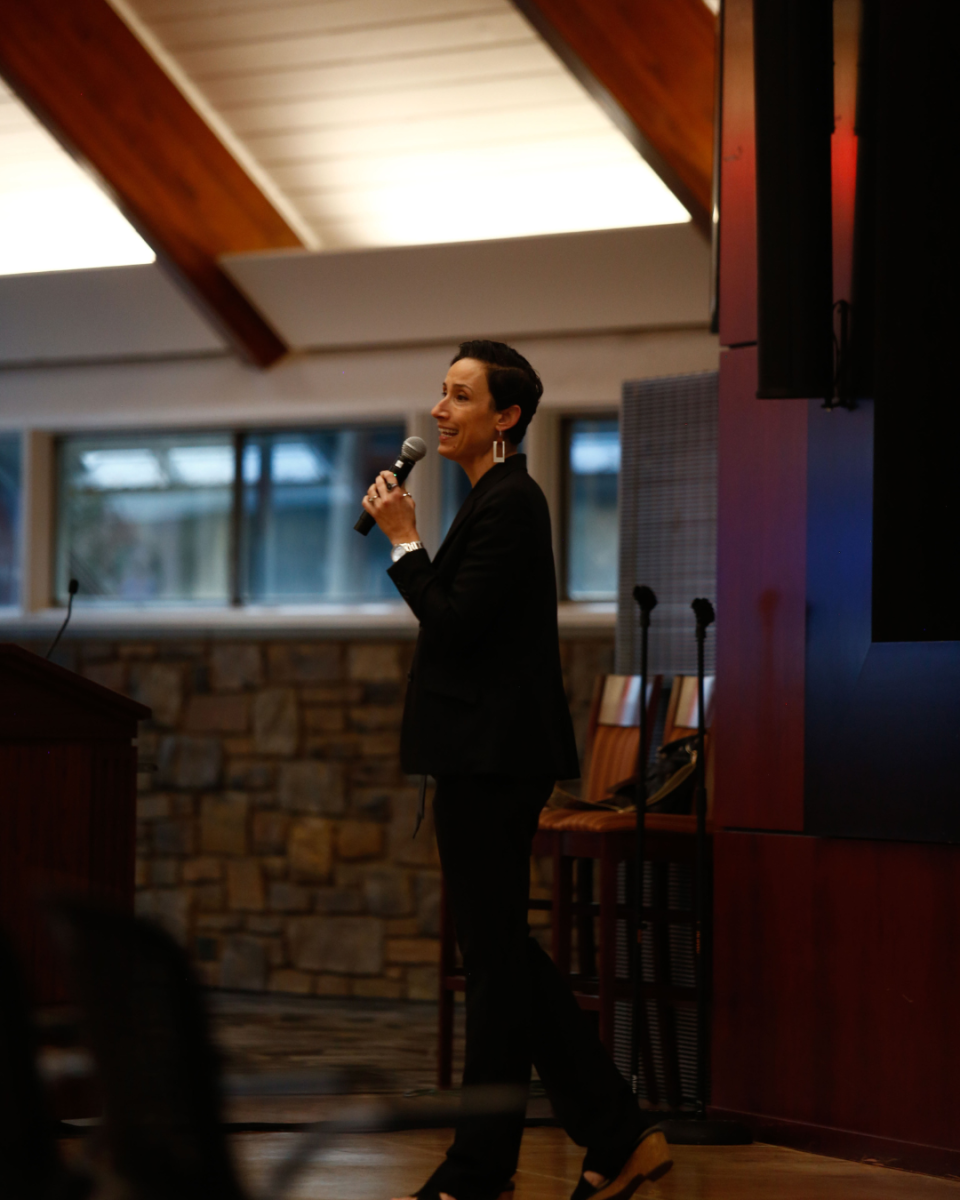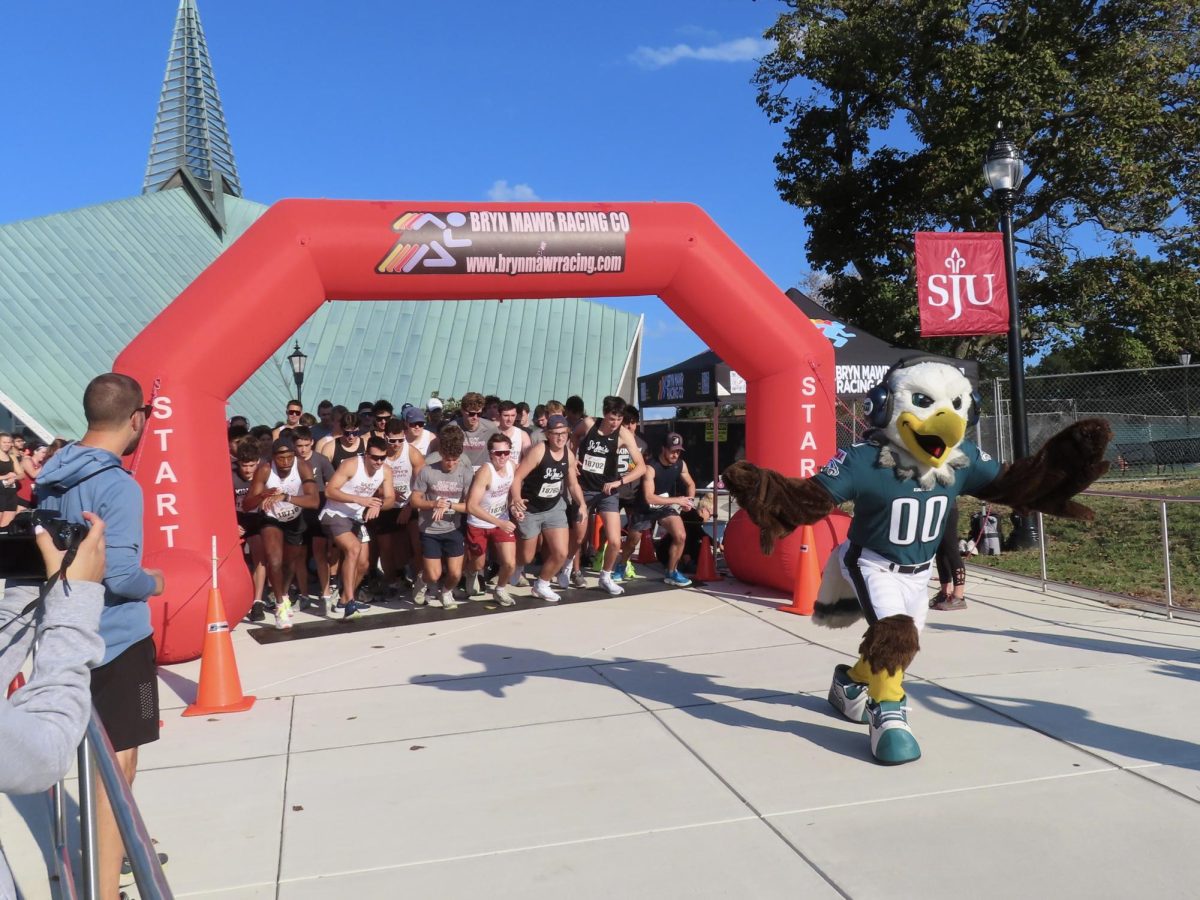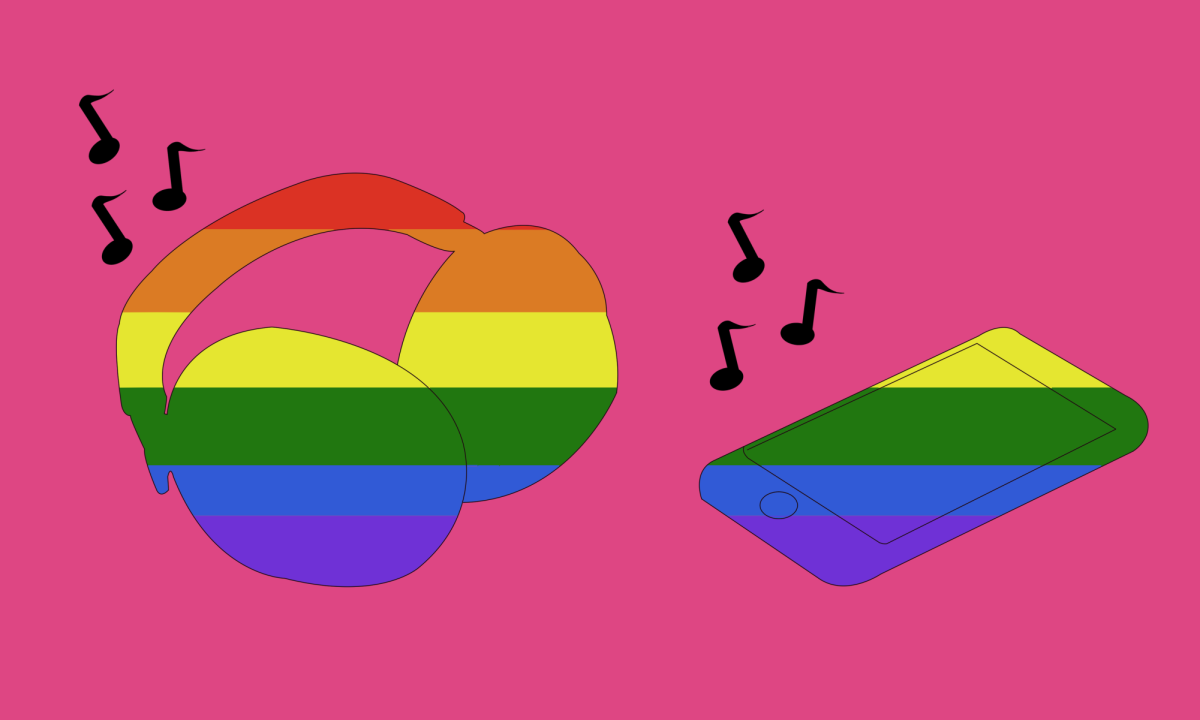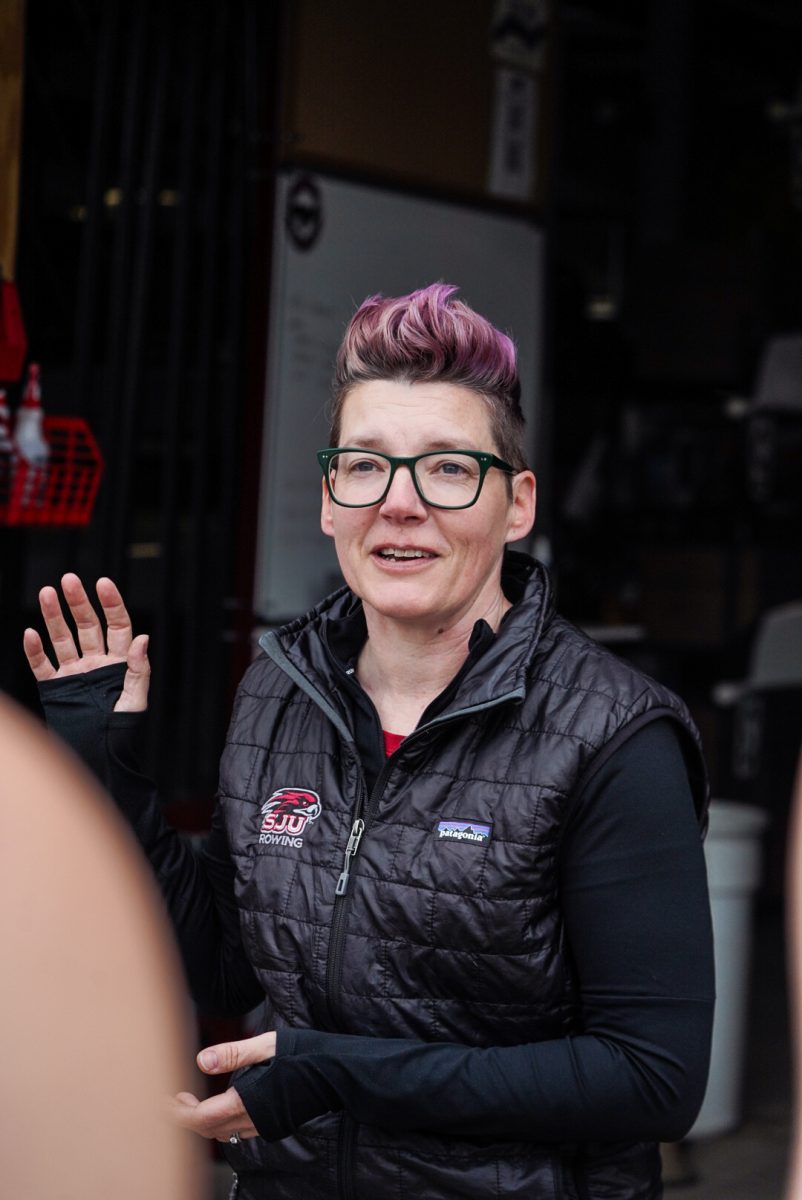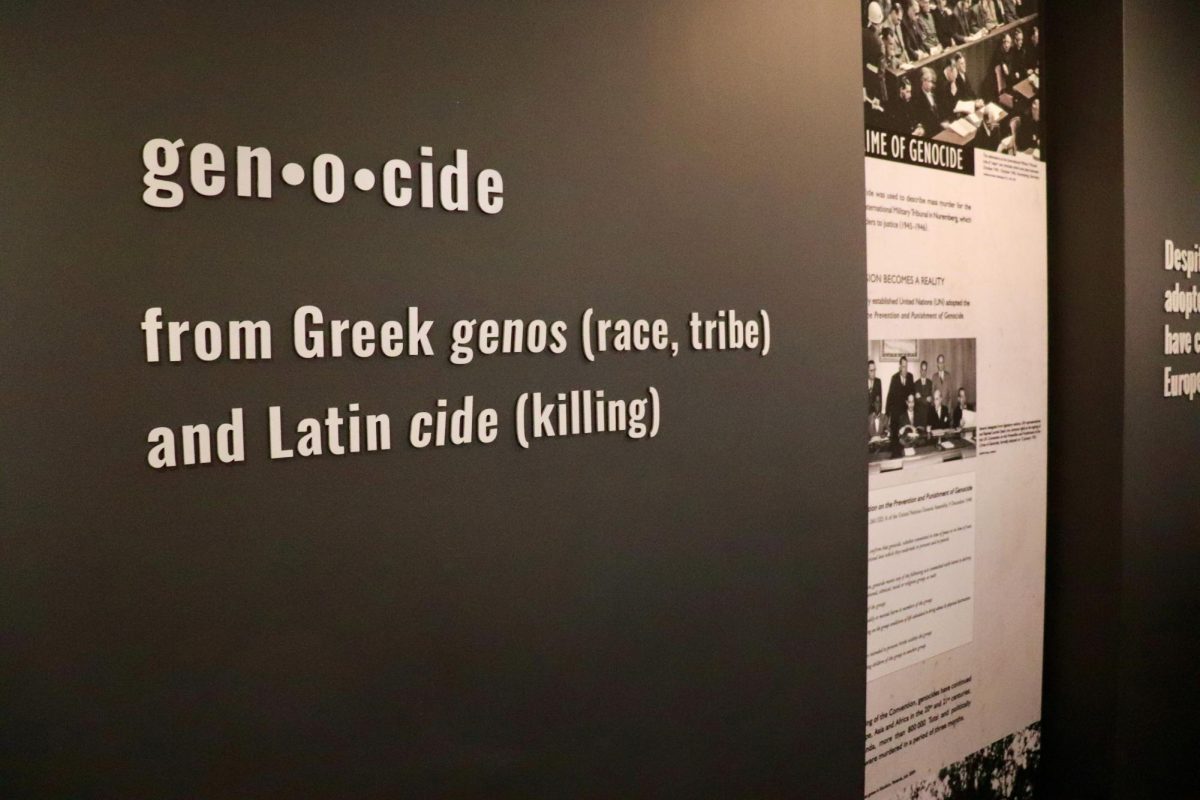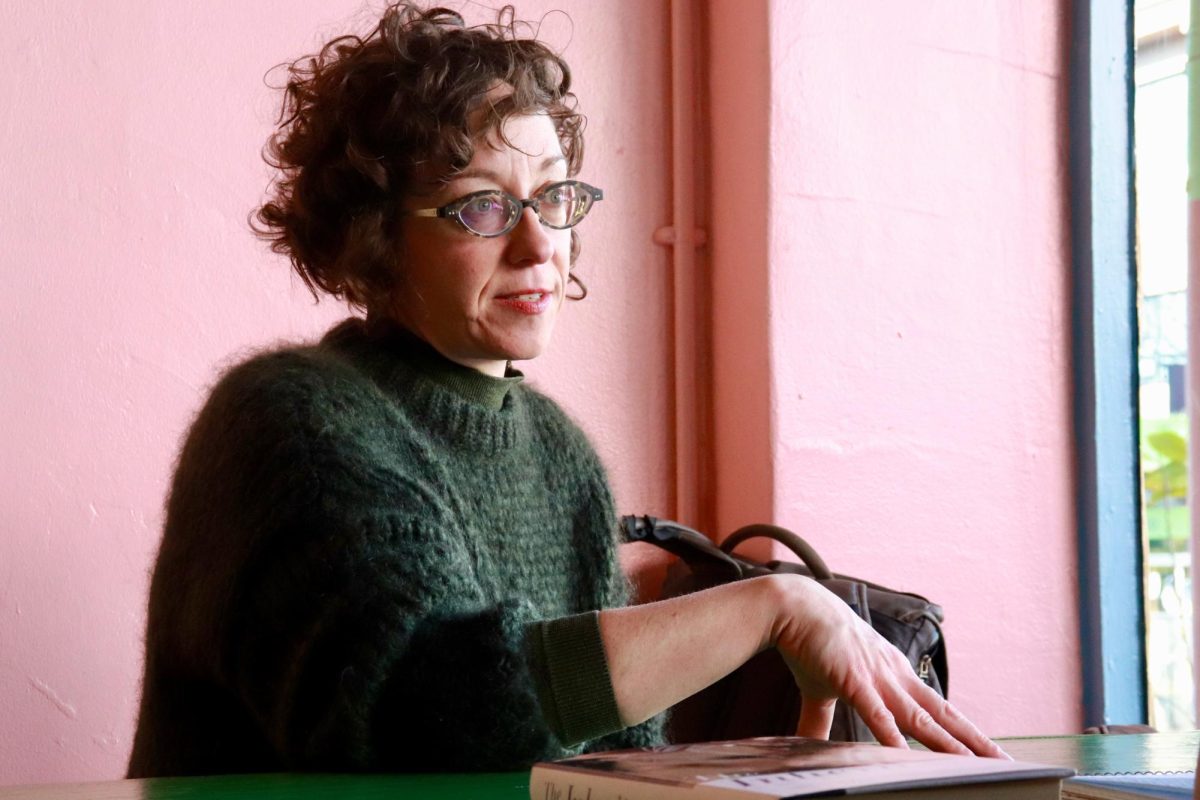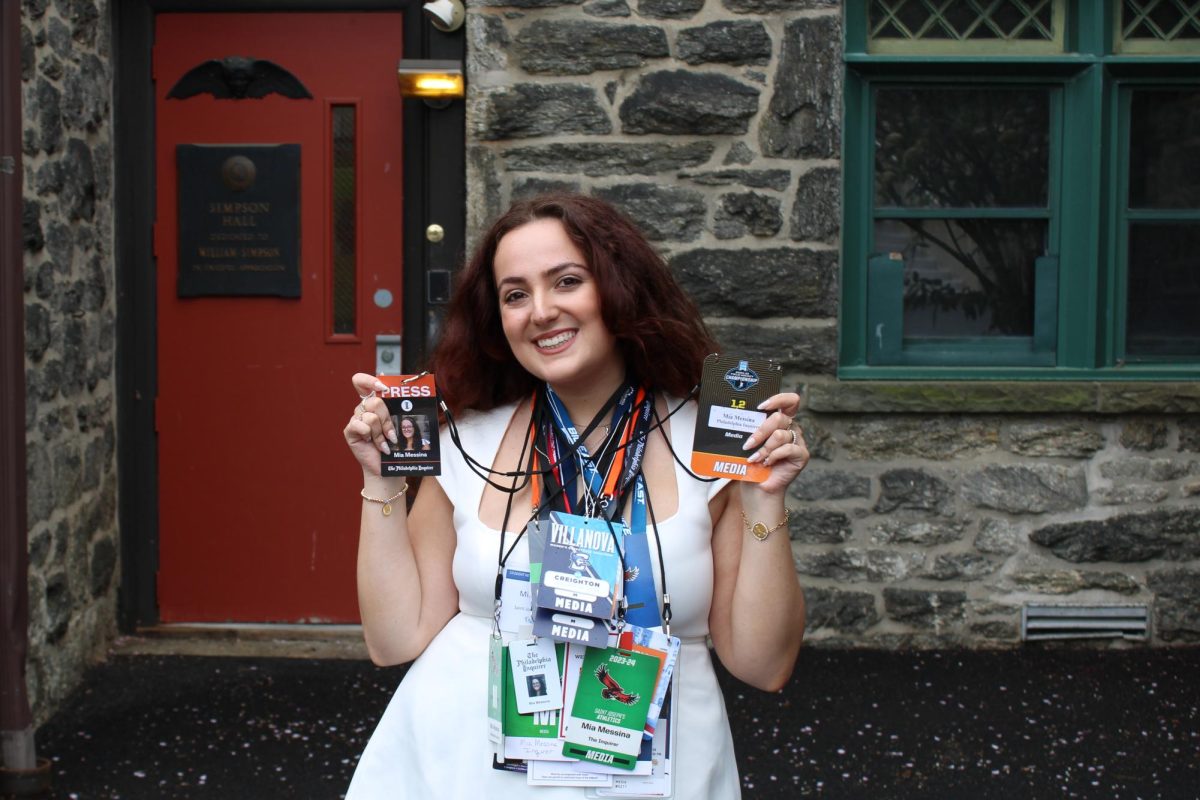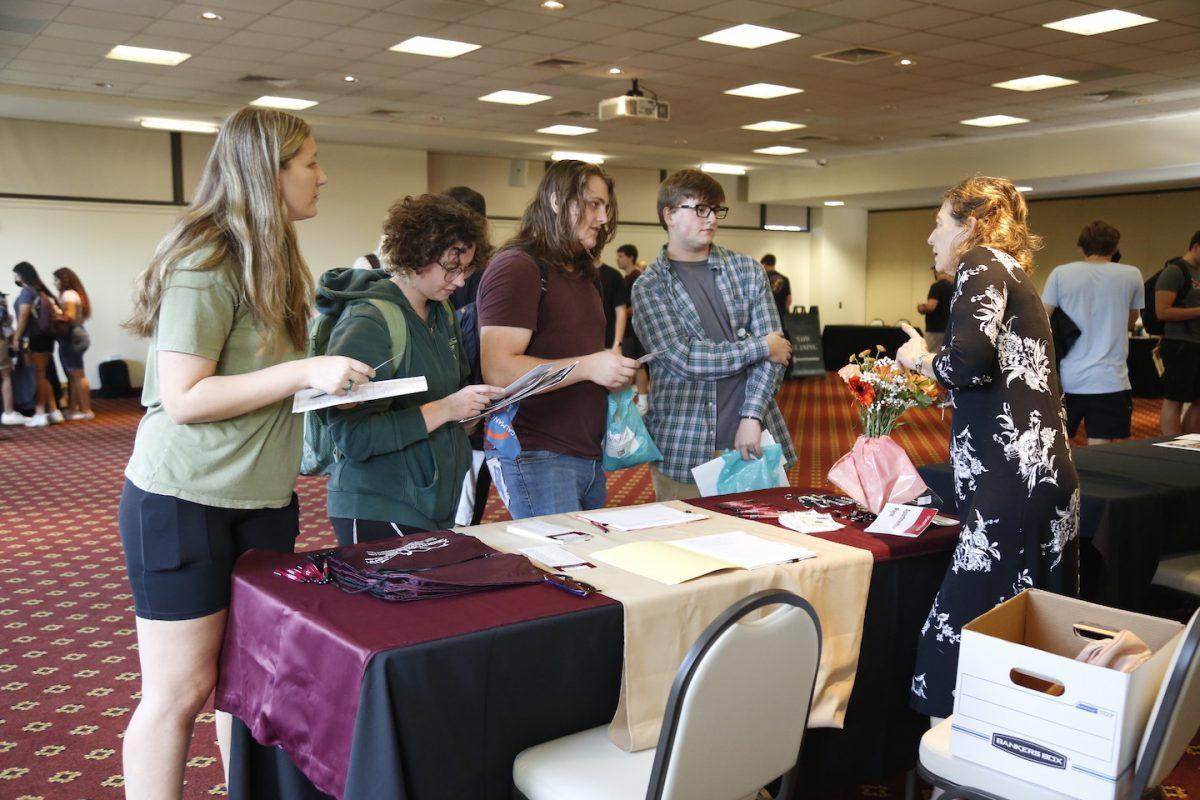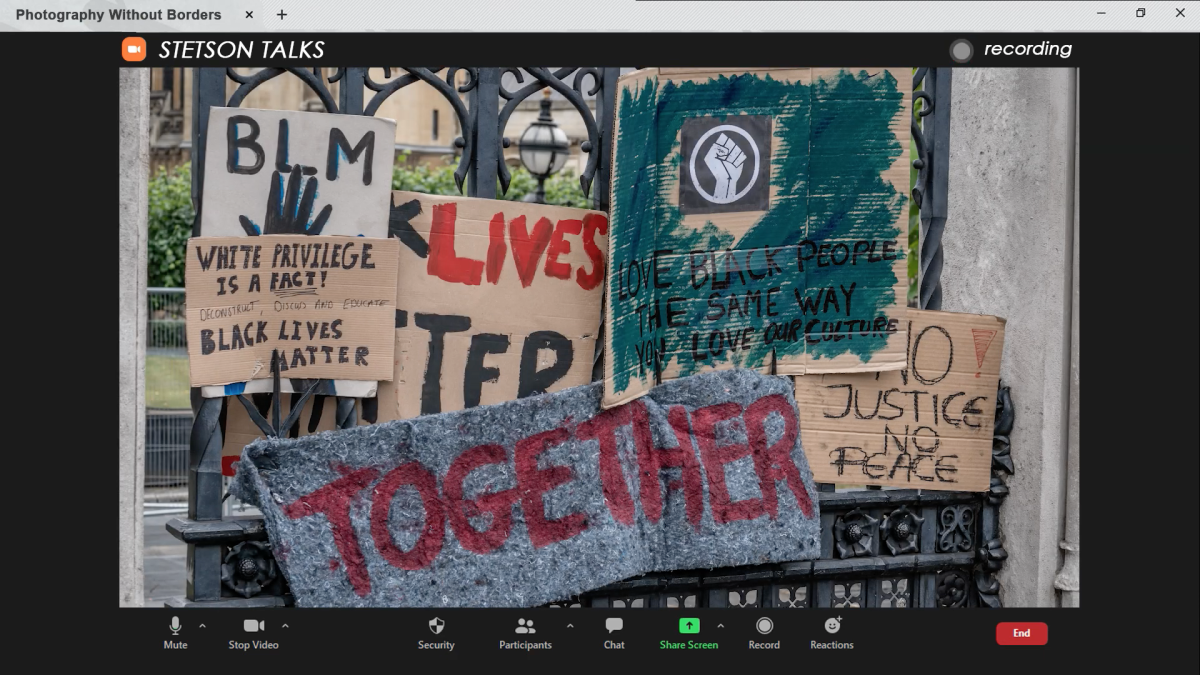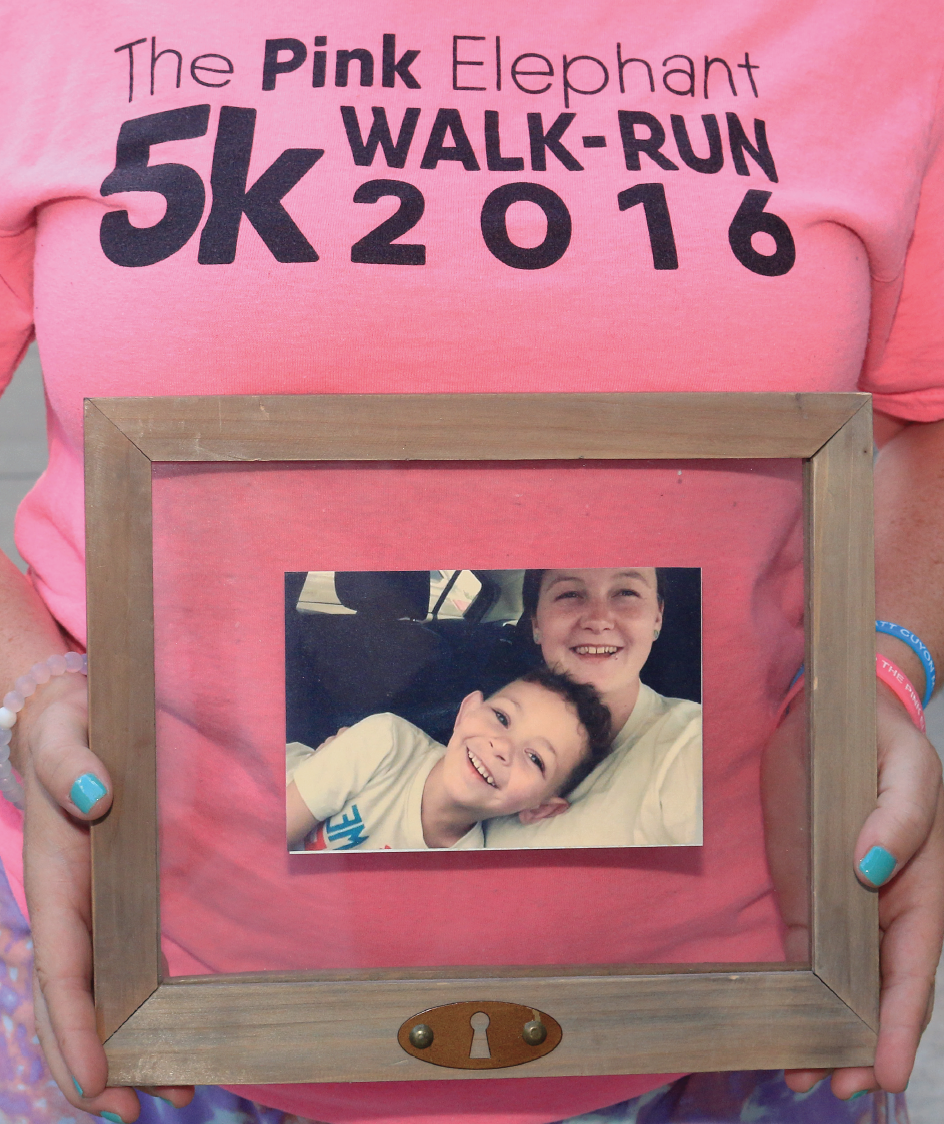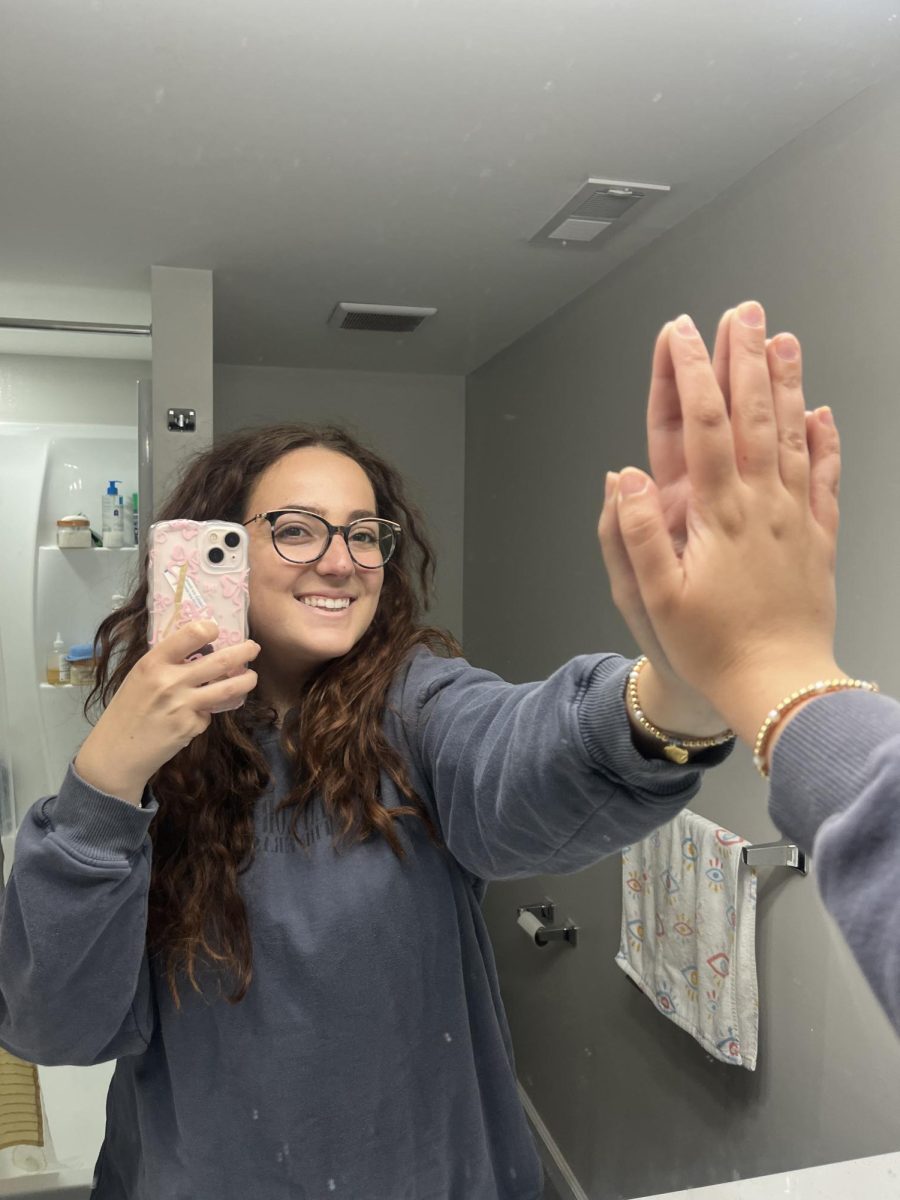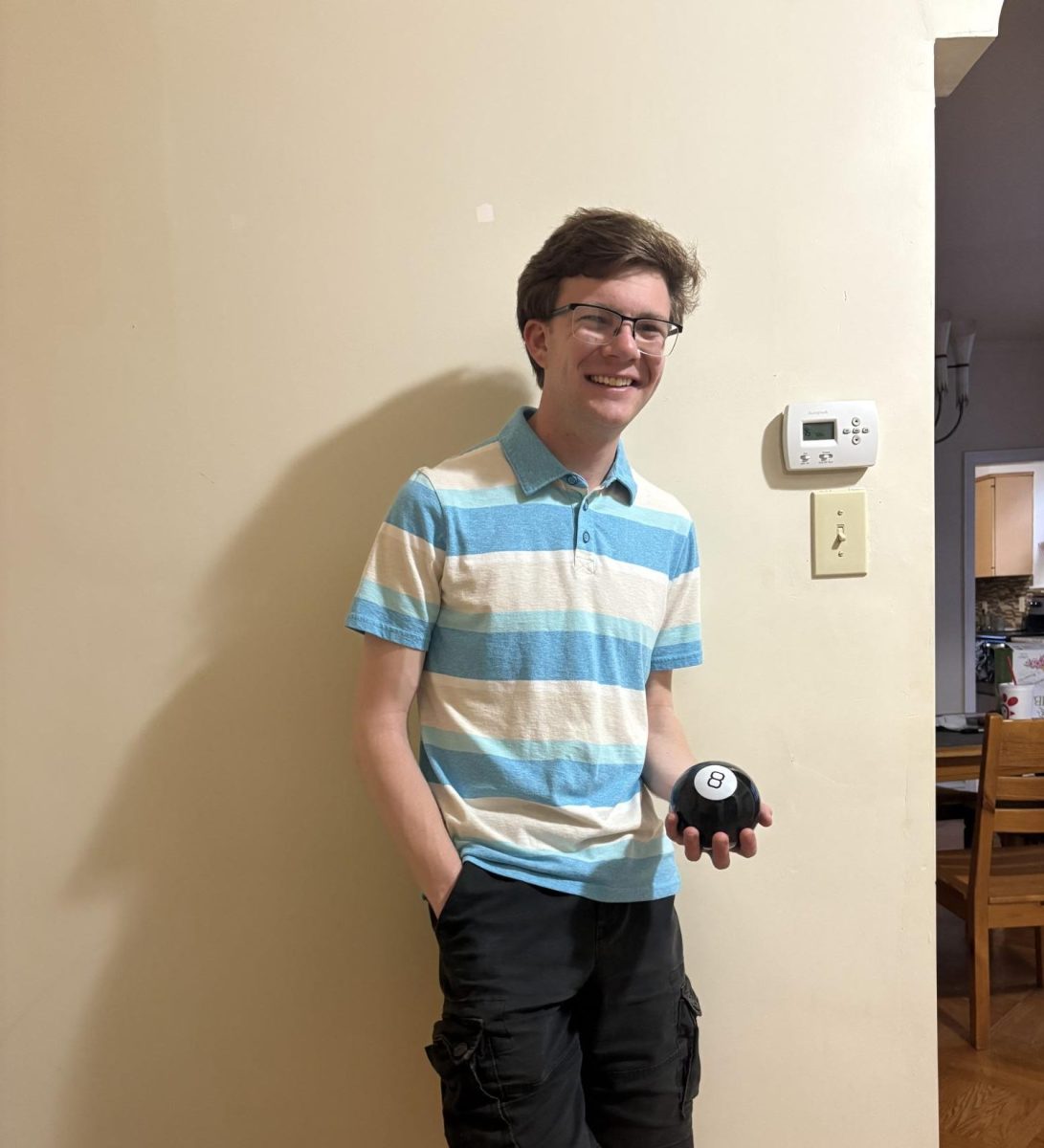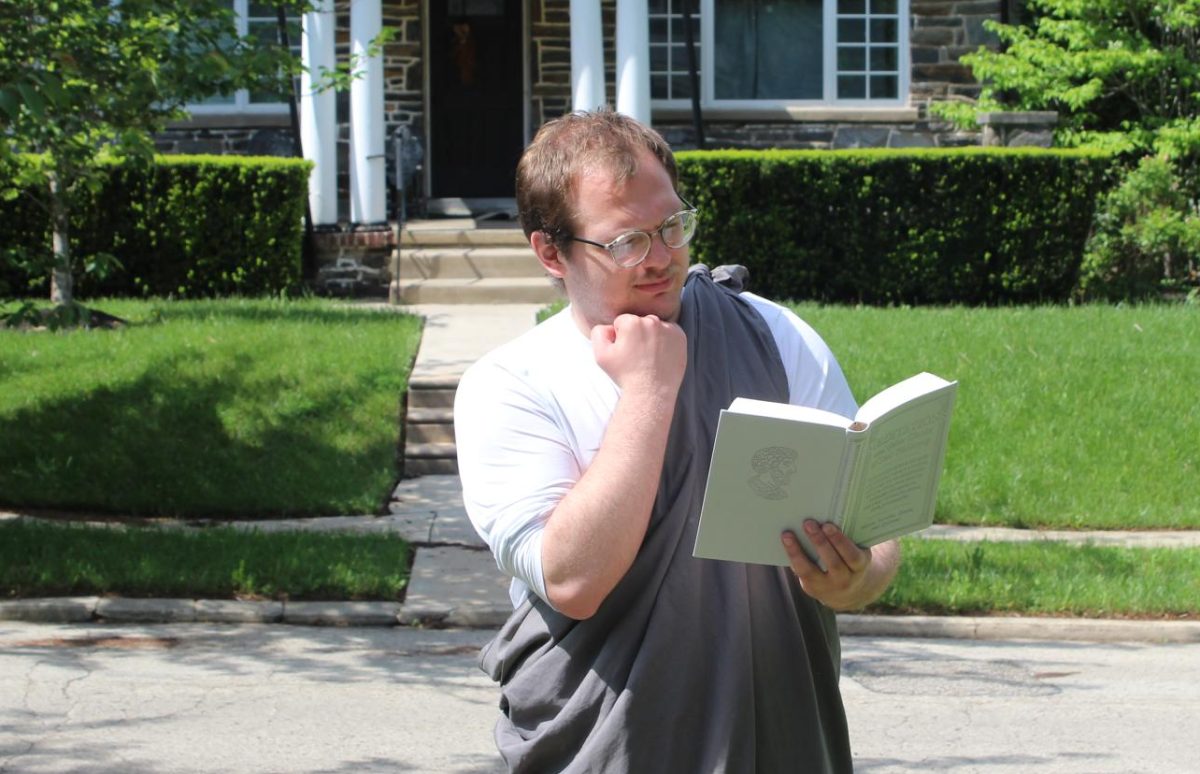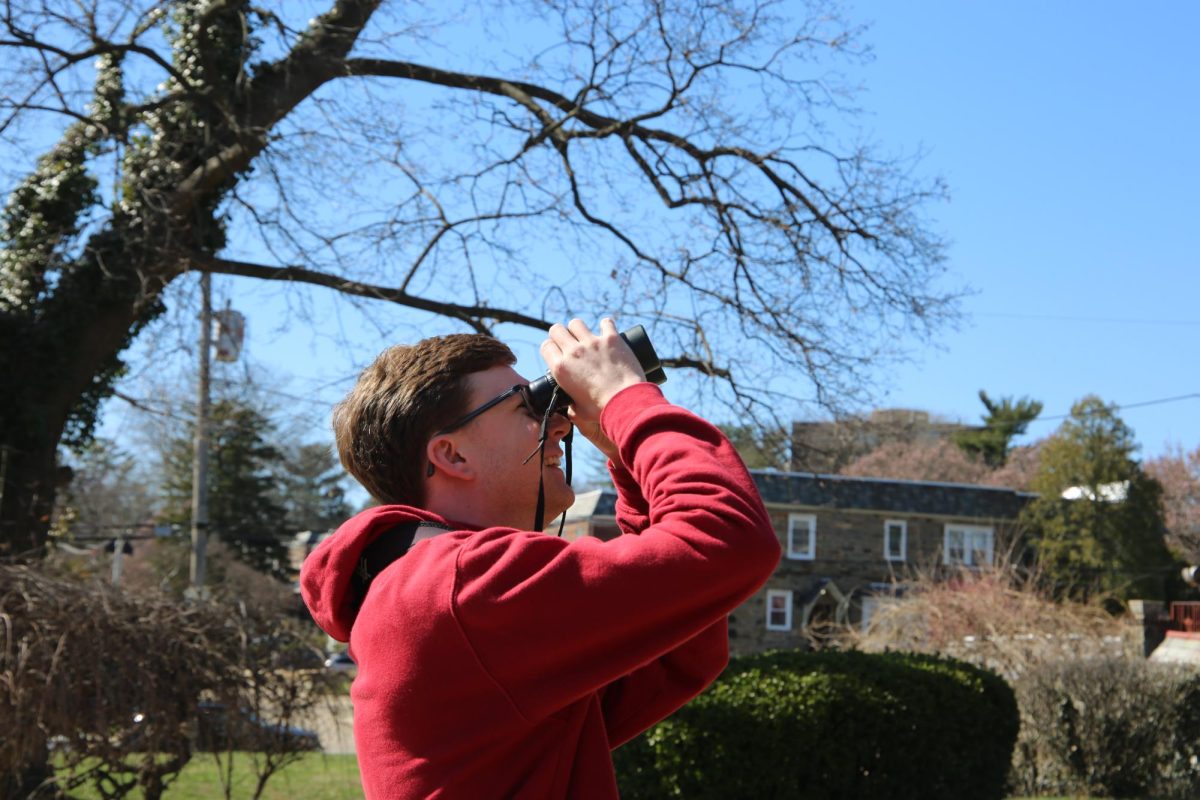The furious sound of something smashing into a tree pounded in my ears as soon as I stepped out of my car at Valley Forge National Historic Park just after dawn in early March.
It was a woodpecker — I knew that much — but when I glanced down at my phone, an app identified the source specifically as a pileated woodpecker. Gazing up into the trees, I found the massive, red-crested bird slamming its head into the bark and confirmed the app was right.
When I became a birder, or a birdwatcher, in 2014, I learned the songs and calls of birds with a field guide, help from my father — an avid birder — and hours of hiking. However, since 2021, birdwatchers have gained a new birding companion to teach them: Merlin Bird ID.
Merlin Bird ID is a free mobile app developed by the Cornell Lab of Ornithology. It records its surroundings and suggests identifications for any birds it hears. Observed species are organized into a list, and clicking a listed bird takes the user to the exact point in the recording where the bird sang or called.
I had avoided Merlin for years after hearing about mistakes it made. My father once told me that the app mistook the sound of his coat zipper for a gull.
Now, I hiked through the woods and fields of Valley Forge to see how the app compared to my trained human ears. As cardinals, blackbirds and various sparrows chirped and sang, I was impressed to see their names popping up on my phone screen.
The white-crowned sparrow, a rarity for Montgomery County in early March, made me pause. I scanned through tangles of weeds and bushes, which I knew to be the correct habitat for this species, but all I found were the somewhat similar white-throated sparrows. Close, but not quite right.
Sean Bradley, a senior at La Salle, and Meghan Cehlar, a junior, are president and vice president of the La Salle Birding Club, respectively. They affirmed that, in spite of its limitations, Merlin is a useful tool for learning.
“Merlin can at least make some suggestions,” Cehlar said. “It’s not always right, but it’s good to have a direction.”
After leaving the sparrows behind and trekking through the gravel trails of Mount Joy, I strolled down the mountain and discovered a flock of European starlings at the edge of the extensive fields surrounding the National Memorial Arch. Above me, one opened its lemon-yellow beak and squeaked out a high-pitched “kill-deer, kill-deer.” Returning my gaze to my phone screen, I saw that the bird fooled the app, which listed killdeer as the vocalist.
Starlings are talented mimics, and this one chose to adopt the voice of a shorebird that would never be found perched in a tree. Fortunately, Merlin provides images of each bird it believes it hears, and since starlings and killdeer look nothing alike, users should be able to realize when they and the app are being tricked.
Getting eyes on a bird to check the app’s accuracy is a crucial final step when using Merlin, and identifying birds correctly is vital if the user submits their sightings online. This task is best completed through eBird, an online database managed by the Cornell Lab of Ornithology and used for research and conservation. Submissions are reviewed by regional volunteers whose responsibilities include setting which species should be flagged as rare and contacting any observers who submit incorrect or questionable data.
Holger Pflicke, one of the eBird reviewers for Philadelphia County, said most observers record audio when they know that a bird is rare but otherwise do not post many recordings, making Merlin’s mistakes a minor issue.
“In the grand scheme of things, relative to all the other flag reports that come in, Merlin Sound ID is really a small burden,” Pflicke said.
According to Pflicke, reports or recordings of common, widespread birds do not receive extensive scrutiny.
“If there wasn’t a cardinal, it’s not going to blow up the eBird database,” Pflicke added.
Fortunately, I confirmed that there were a ton of cardinals singing in Valley Forge that morning. However, even though “northern cardinal” seemed perpetually present on my phone, it occurred to me that Merlin could not determine an amount of vocal cardinals.
While typing “X” to indicate an unknown number of birds is an option in an eBird checklist, giving exact counts or estimates of the quantities of different species is preferred. Since Merlin cannot tally species on its own, it is up to the user to provide counts when reporting data.
Scientists performing ecological studies have methods that take into account the fact that some observations can be missed. John Braverman, Ph.D., associate professor of biology and director of the Environmental Science and Sustainability Studies Program at St. Joe’s, said even though absolute numbers of reported species might not always be entirely accurate, relative changes can be, making the data still valuable.
“Let’s suppose everybody’s underreporting the number of individuals of a species in a location year after year, but that underreported number keeps on going down,” said Braverman. “That is an observation in itself.”
Overall, Merlin proved its worth. As the birdsong died down at about 9 a.m., I walked back to my car, and upon checking my notes, I saw that Merlin had correctly identified 21 of the 24 birds I had heard vocalizing during the morning while fabricating only five additional species. Of the three it missed, all were likely too distant for the app to hear.
With my mission completed, I unzipped my coat at the end of the morning, producing a soft “z-z-z-z-ipp.” I shot a glance down at my phone to see what the app said, but the screen was blank.
Not bad, Merlin. Not bad.


